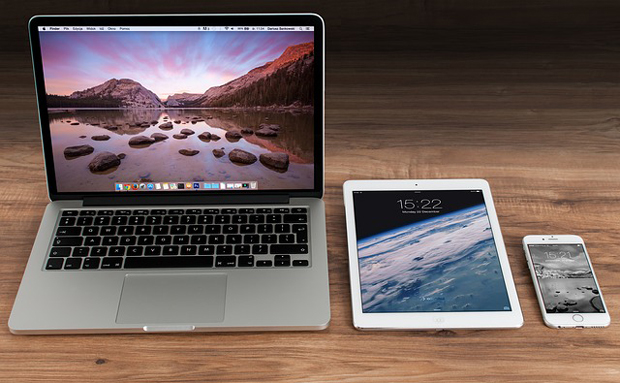When we power down a device or enter it into ‘sleep mode’, we assume that its electrical usage is significantly reduced. But a recently released report suggests that these devices are costing Australian residents over $860 million every year, as well as emitting over 2.6 million tonnes of carbon dioxide emissions.
Sleep Mode
While smartphones, tablets, and computers are the most common devices entered into sleep or standby mode while not in use, other devices like air conditioners, coffee machines, and modems are also often never truly ‘switched off’. Most people don’t realise that although they may only use these devices for several hours a day, they may in fact be using power throughout the day and increasing their annual electricity bill.
The amount of power being used by a device when placed into standby mode can vary wildly. Some devices like household electric goods might shut down completely and wait to be switched back on, while others like smartphones continue to run background processes so they can receive messages and notifications even when not in use.
Unlike many overseas markets, Australia doesn’t regulate standby power usage in these devices, so they may continue to drain more power than necessary. Luckily, some overseas regulations are passed onto these energy draining devices being imported into Australia. Many others, however, are contributing to increasing electricity bills for Australian households.

The Worst Offenders
Although smartphones and other mobile devices are among the most commonly used products by Australians, the worst offenders in terms of draining electricity usage in standby mode are air conditioners and other major appliances. While we may only use these devices for a few hours each day, they continue to run day and night on standby mode and add to household electricity costs.
According to recent research, the worst offenders of electricity usage in standby mode are:
- Ducted and non-ducted air conditioners
- Microwave ovens
- Television set-top boxes
- Gas water heaters
While almost every Australian household uses these products daily, most would be surprised to know that the cost of these devices running on standby mode can add up to a $93 increase to their annual electricity bill.
A Growing Market
The International Energy Agency estimates that worldwide, the number of online electronic devices is due to rise seven-fold up to 100 billion by 2030. As the Internet of Things (IOT) and connected devices continue to grow in popularity, tools and applications like being able to control air conditioning units or light bulbs wirelessly on smart devices will become available.
This presents exciting opportunities for Australian households to adopt the technology and save on their electricity costs. For instance, smart home technology products can monitor and optimise household energy usage, and applications that allow users to switch off light bulbs or air-conditioners remotely through their smartphones.
Energy providers like AGL are also taking advantage of this new technology, through monitoring homes with new energy technology like solar panels and battery storage, to increase efficiency and reduce the electricity bills of these households.
New technology and online devices bring exciting opportunities, but can also be a drain on household energy costs. To find out ways to save on your energy bill, discuss your current energy use, or to arrange an energy audit, give our friendly team at Everest Electrical a call today on 0410 229 139.

